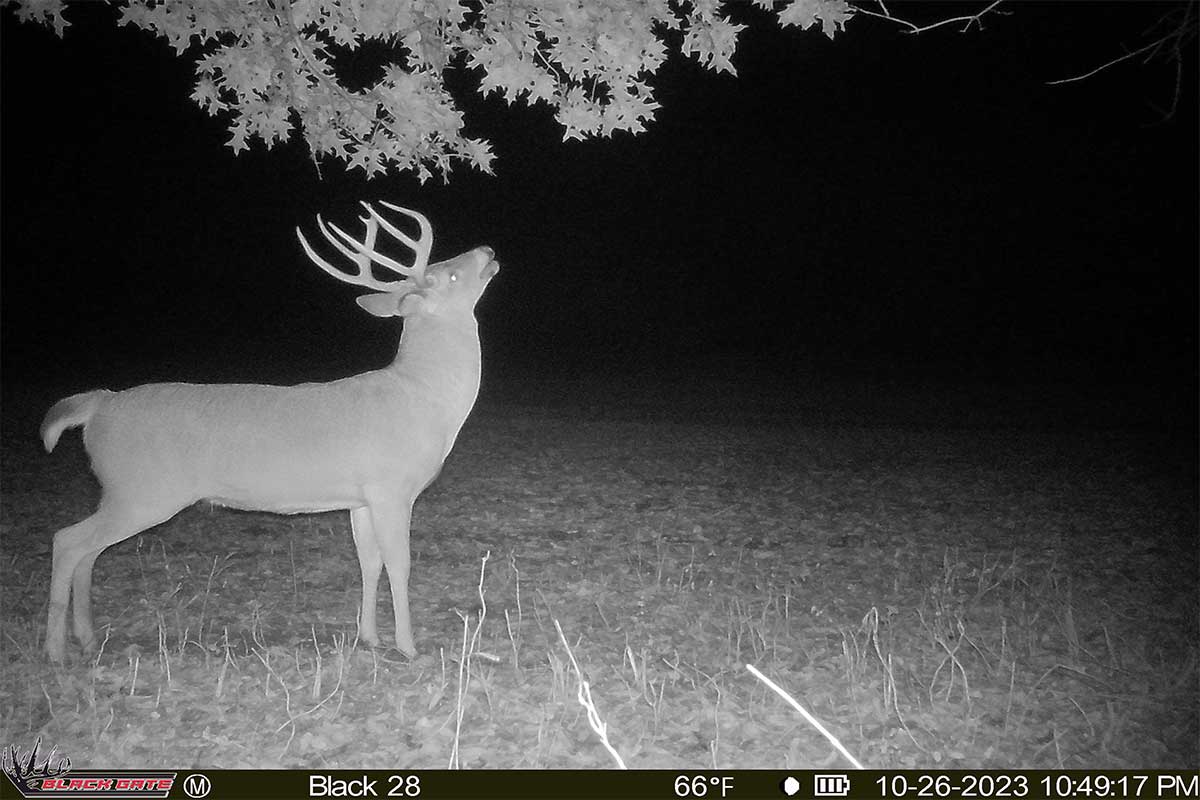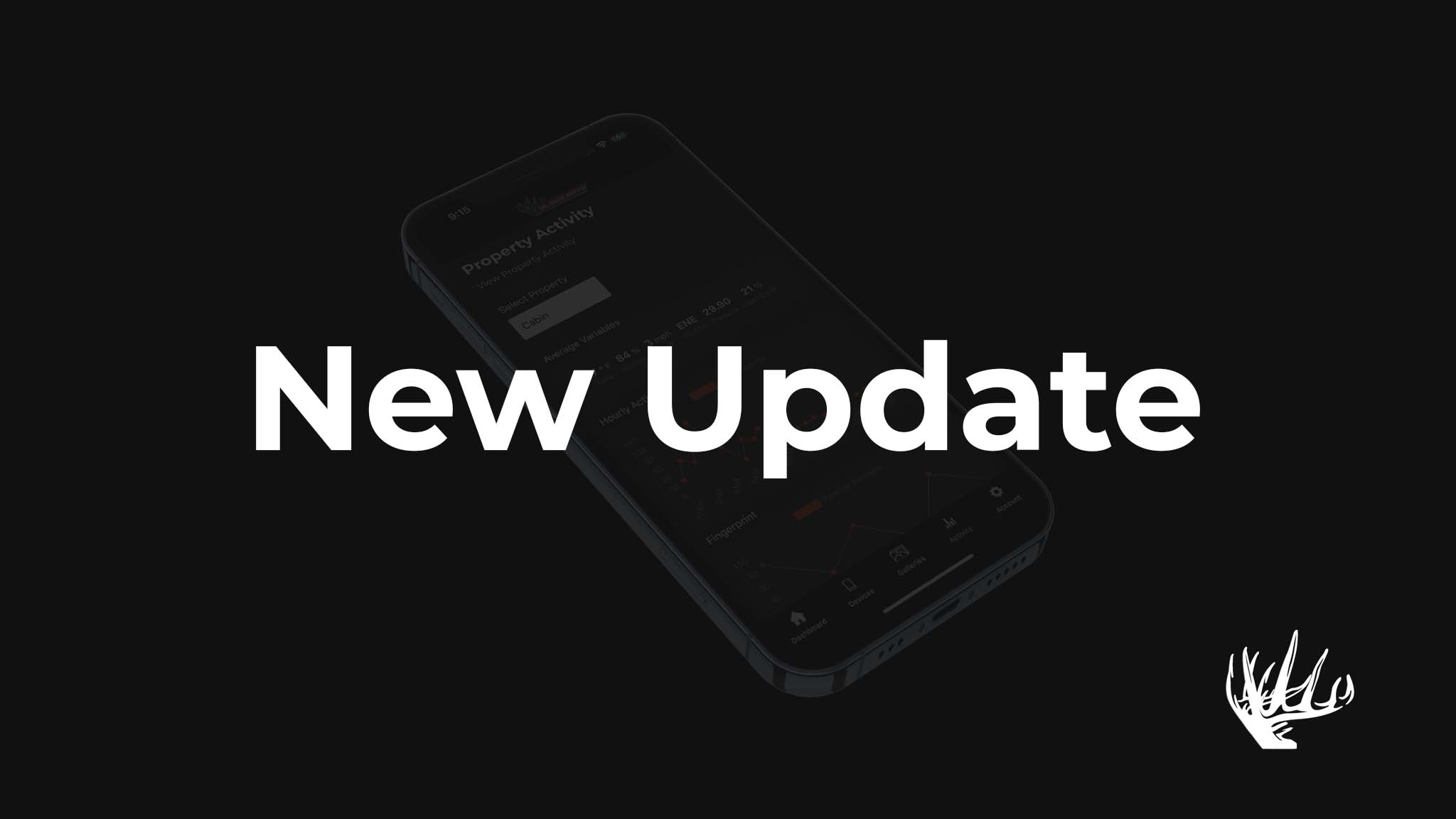When October rolls in, every serious whitetail hunter knows the window to pattern a mature buck is starting to close. While the full rut is still weeks away, the pre-rut is quietly heating up—and there’s no better trigger to set things in motion than a strong October cold front. For hunters using cellular trail cameras, this shift in weather offers a golden opportunity to track movement, adjust strategies, and get one step ahead of that elusive trophy buck.
In this post, we’ll break down why cold fronts change deer behavior, how to identify the best days to hunt, and how to leverage trail camera intel to make every sit count. Whether you’re in the Midwest, South, or East, this is the moment when October hunting strategies separate seasoned woodsmen from hopeful observers.
Why Cold Fronts Are a Game Changer in the Pre-Rut
Whitetail bucks are incredibly sensitive to changes in temperature, barometric pressure, and wind direction. In early October, when daytime highs are still warm, bucks tend to stay bedded longer and limit movement to the cover of darkness. But as soon as a cold front pushes in—especially one that drops temps 10–15 degrees or more—everything can change.
What a cold front triggers:
- Increased daylight movement
- Earlier rising from beds
- Scraping and rubbing behavior intensifies
- Checking of doe bedding areas begins
These behaviors are driven by both biological instinct and environmental comfort. A mature buck feels more secure moving in cooler temps, especially when paired with falling barometric pressure and a north or northwest wind.
October Cold Front Hunting: Best Days to Sit
If you’re only going to hunt a few times during early to mid-October, timing them with a cold front is your highest ROI play. Here’s how to break it down:
- The 24–48 hours before the front hits: Slight uptick in movement, bucks get restless.
- The first evening after the front passes: Prime time—temps drop, pressure rises, and deer are up on their feet.
- The next morning: Also great, especially near scrapes or pinch points between bedding and feeding.
Look for pressure climbing above 30.00 inHg, ideally paired with clear skies and crisp air.
Using Cellular Trail Cameras to Track the Shift
This is where Black Gate Cellular Trail Cameras shine. Instead of checking SD cards and leaving scent, your real-time data feed lets you track behavior as it’s happening—without alerting the deer to your presence.
What to look for in your trail cam photos:
- New buck arrivals you haven’t seen before
- Bucks hitting scrapes in daylight
- Consistent movement between 4:30–7:00 PM
- Activity in staging areas just off food sources
When cold fronts hit, bucks often shift into new zones, and trail cams help you catch this movement fast. This might mean reassigning a stand location based on new access routes or moving in on an active scrape that lights up after the pressure change.
High-Impact Locations to Target During October Cold Fronts
To capitalize on the weather, you need more than just the right day—you need the right spot.
Top stand locations for pre-rut cold fronts:
-
Downwind of doe bedding areas
Bucks start cruising here, especially mornings. -
Food source edges with staging cover
Look for acorns, cut corn, or green fields. -
Scrape lines near security cover
Focus on scrapes that are re-visited during daylight. -
Funnels between ridges, swamps, or bedding pockets
Cold fronts get bucks on the move—funnels are natural highways.
Combine these locations with your cell cam data, and you’ll know where to be when the front rolls through.
October Cold Front Hunting Tips
Here are a few final tips to increase your odds during the pre-rut push:
- Go mobile: If a buck shows up on cam during daylight, move fast. The window may only be a day or two.
- Hunt smart, not long: Quality trumps quantity. Sit the best days with the best winds.
- Don’t burn out your spots: Let your trail cams do the work until conditions align.
- Stay scent-conscious: Cooler temps help with scent control, but don’t get sloppy.
Conclusion: The October Opportunity
October can feel like a gamble—but cold fronts make it a calculated one. Mature bucks are still mostly nocturnal, but their edges start to show when the temps drop. By syncing your sits with the right weather patterns, using cellular trail cameras to monitor hot zones, and adjusting your approach based on real data, you’ll put yourself in position to punch a tag before the chaos of the rut kicks in.
Stay sharp, watch the weather, and trust your intel. That October cold snap could be your best chance at the buck of a lifetime.




Share:
October Food Sources Every Hunter Should Monitor With Trail Cameras